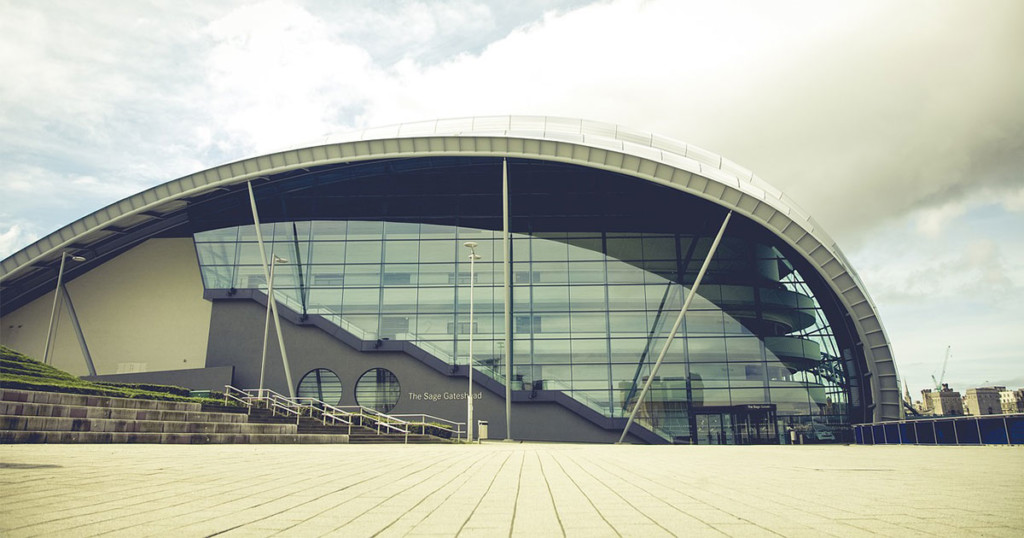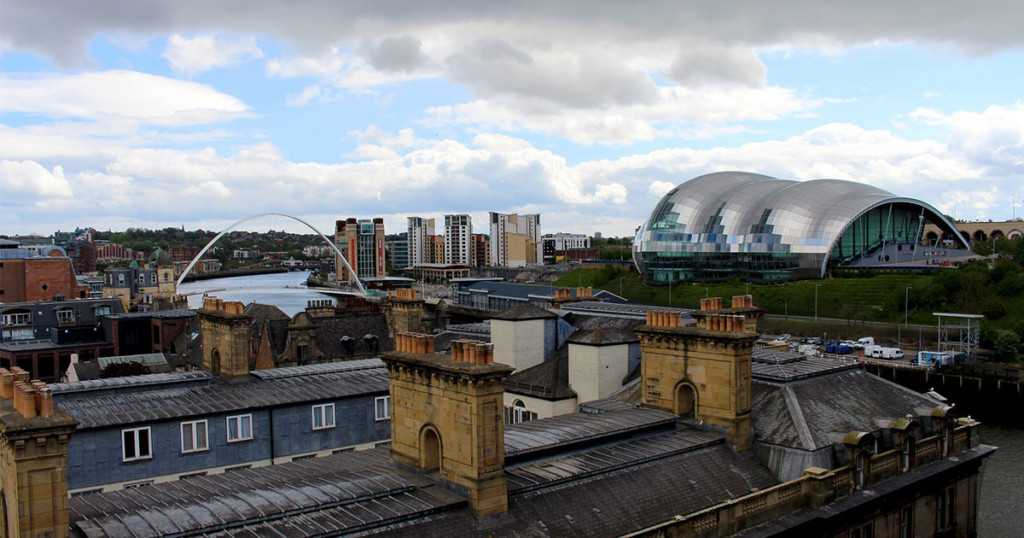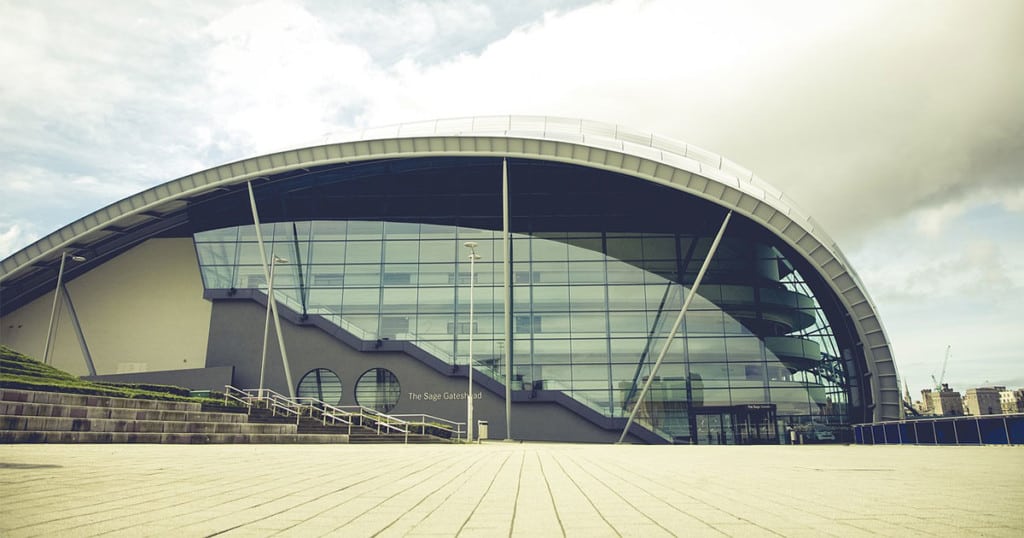Along with the Metrocentre, Angel of the North and the Millennium Bridge, there are fewer more iconic sites in and around Gateshead than the Sage; a music venue and education centre that opened its doors in 2004.
Since then, it has welcomed artists from around the world and put on world-class performances including classical music, pop and rock alongside comedy, drama and dance, all of which take place in one of three acoustically independent performance spaces.
These performance spaces are one https://www.exelapharma.com/levitra-5mg-10mg-20mg/ of the things that make the Sage so special; they are separated from each other to reduce any chance of noise transferring between the halls or of sound distortion. They are covered by a single protective shell, helping keep out the strong winds that can batter the building because of how close it is to the coast.
The building is made from reinforced concrete, mixed with increased air capacity, further helping the building’s acoustics. It is covered by 3,500 square metres of glass and stainless steel panels that reach 40 metres high and curve around the building organically and make it an impressive sight when you arrive at the south bank of the Tyne.
Amazing, when you think only a few years before it had been a piece of wasteland. How, though did it go from this to one of the North’s most famous buildings?
The Vision
The initial idea for the Sage came from Gateshead Council who wanted to turn a disused piece of land along the banks for the Tyne into a place people could go to hear and learn about music as well as other performing arts.
In 1996, to help turn the idea into reality, they applied for and were awarded funding through the Arts Lottery. The award was the largest outside London at the time. This was followed by a competition to appoint an architect in 1997; Norman Foster won it.

The Architect
The Sage Gateshead was designed by Norman Foster, whose company Foster & Partners were given the brief of filling a gap in the need for a music venue in the North East that would make the area a destination when it came to the performing arts.
Foster was born and raised in a working-class family in Manchester. After leaving school and spending time in the RAF, he began studying architecture and city planning at Manchester University before going on to study for a Masters at Yale School of Architecture.
When he came back to the UK, he set up a partnership with three others that would later become Foster & Partners and gain a reputation for innovative and cutting edge design. In addition to the Sage, this has included the HSBC building in Hong Kong and London’s Millennium Bridge.
The Design
When designing the Sage, Foster wanted not only to create a cultural arts centre but a building that would be a local landmark and help regenerate the area along the river. It also needed to tie in with other buildings such as the Baltic Art Gallery and the Millennium Bridge which links Gateshead to Newcastle.
In fact, it was the great arch of the Millennium Bridge that helped inspire the rounded roof of the Sage. Internally, the design was based on Vienna’s Musikverein concert hall, allowing Foster to get the acoustics right.
Visually, the Sage needed to stand out, and it does – the roof alone is the size of eight basketball courts, while the stainless steel panels used in the construction would cover at least two football pitches.
Despite this, however, the Sage is still welcoming. It holds music classes and talks, as well as performances. Furthermore, visitors are always welcome to stop in for a drink or take in the view from the 200-metre long glass and steel public area, even if they are not planning to see a show.
The Legacy

While the Sage has some detractors, something which can be said about a lot of examples of modern architecture if we’re honest, its legacy is hard to argue with. Not only have some fantastic acts played on its stages, but a 2015 economic report also found that the Sage’s contribution to the local economy was £283 million, nearly three times the money it cost to build. This includes the creation of over 630 full-time equivalent jobs and an income of over £18 million from the visitors who have walked through its doors.

